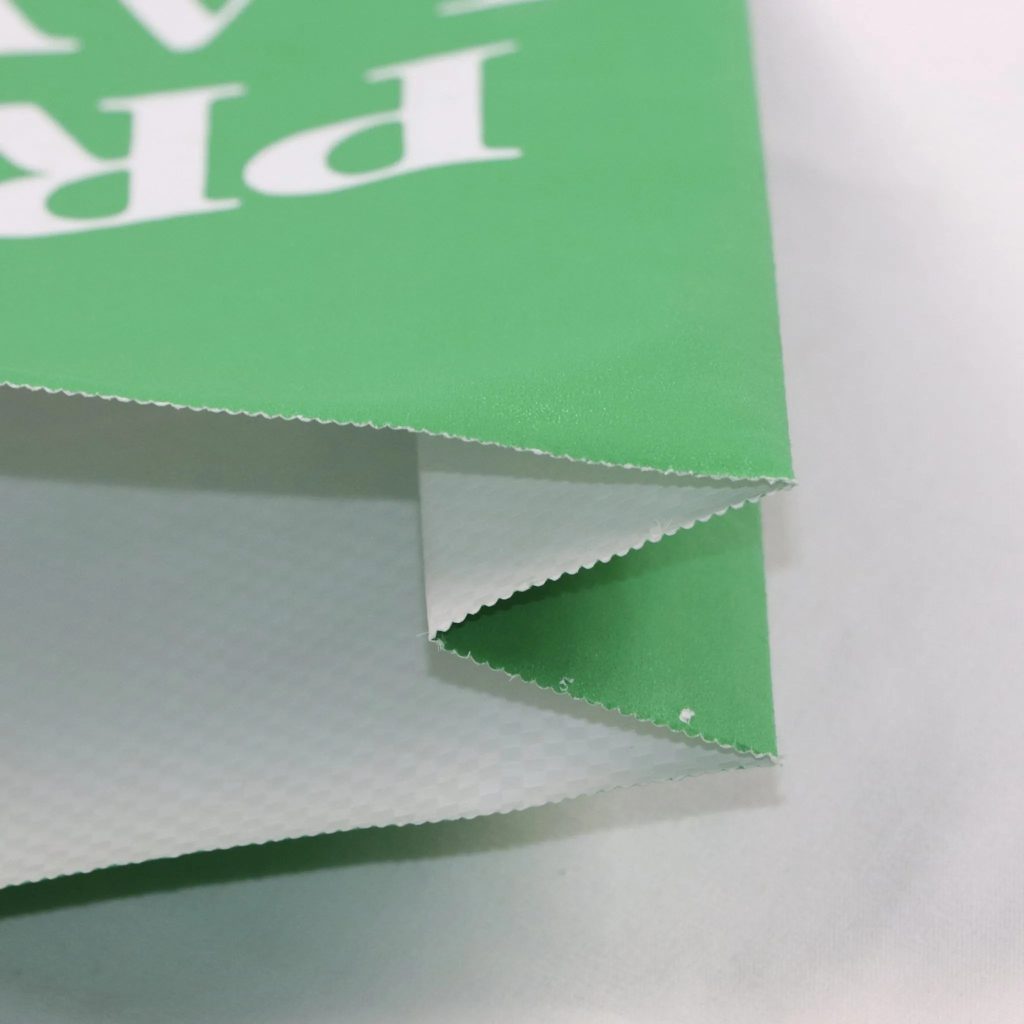
Main Answer: Kraft Paper Woven Bags combine cost efficiency, durability, and breathability, making them ideal for packaging pet, poultry, and livestock feed. Their anti-microbial, anti-mold properties, and customizable parameters (e.g., thickness, lamination) ensure product safety and longevity.
1. Why Kraft Paper Woven Bags Excel in Feed Packaging
Kraft Paper Woven Bags, also known as Kraft Paper PP Bags, are engineered to address the unique challenges of animal feed storage and transportation. Their multi-layered structure—kraft paper laminated with polypropylene (PP) woven fabric—delivers unmatched strength, moisture resistance, and breathability. Below, we dissect their advantages through industry examples and technical data.
Q&A: Why choose Kraft Paper Woven Bags for feed?
Q: What makes these bags superior to traditional options?
A: Their woven PP layer provides tensile strength up to 1,200 N/m² (ISO 13934-1), while the kraft paper liner blocks moisture and contaminants.
2. Key Benefits of Kraft Paper Woven Bags in Feed Applications
2.1 Cost Efficiency and Load-Bearing Capacity
Kraft Paper Woven Sacks reduce packaging costs by 15–30% compared to pure PP bags, without compromising durability.
- Example: A poultry feed producer switched to 90 GSM Kraft Paper Woven Bags with 120-micron PP layers, cutting material costs by 22% while maintaining a 50 kg load capacity.
Table 1: Cost vs. Performance Comparison
| Parameter | Kraft Paper Woven Bags | Traditional PP Bags |
|---|---|---|
| Material Cost | $0.25–$0.40 per bag | $0.35–$0.55 per bag |
| Load Capacity | 30–70 kg | 25–60 kg |
| Moisture Resistance | 85–95% barrier | 70–80% barrier |
2.2 Safety and Hygiene: Anti-Microbial and Anti-Mold Features
The kraft paper layer’s natural pH (6.5–7.5) inhibits bacterial growth, critical for feed hygiene.
- Case Study: A livestock feed brand reported a 40% reduction in mold-related spoilage after adopting laminated woven bags with PE-coated interiors, complying with FDA 21 CFR 177.1520 standards.
Q&A: How do these bags prevent mold?
Q: Can they withstand humid climates?
A: Yes. Laminated Woven Bags with PE liners reduce moisture absorption to <1.5% (ASTM D570), ideal for tropical regions.
2.3 Breathability and Aeration
The woven PP structure allows controlled airflow (5–10 CFM/ft²), preventing feed oxidation while maintaining freshness.
- Example: A pet food manufacturer uses Paper Valve Woven Bags with micro-perforations to extend kibble shelf life by 20%, validated by accelerated shelf-life testing (ASLT).
3. Selecting Optimal Parameters for Feed Packaging
3.1 Thickness and Grammage
- Thickness: 100–200 microns for heavy-duty applications (e.g., cattle feed).
- Grammage: 80–150 GSM balances cost and strength.
Example: A 150 GSM Kraft Paper Woven Sack with 180-micron PP layers supports 60 kg of swine feed without seam failure (tested per ISO 2234).
3.2 Lamination and Inner Liners
- Outer Lamination: BoPP or PE coatings enhance moisture resistance.
- Inner Liners: Food-grade PE bags prevent contamination.
Case Study: A feed mill in Southeast Asia uses Kraft Paper Aluminum Foil Bags with PE liners to block UV radiation and humidity, reducing vitamin degradation by 30% (source: Journal of Animal Science).
3.3 Size and Valve Design
Custom sizes (e.g., 50 cm × 80 cm for 40 kg poultry feed) and Paper Valve Woven Bags streamline filling and dispensing.
- Example: A dairy farm adopted 45 cm × 75 cm valve bags, reducing filling time by 35% and spillage by 50%.
4. Industry Applications and Case Studies
4.1 Pet Feed Packaging
- Requirement: Aesthetic prints + moisture resistance.
- Solution: Custom Printed Woven Bags with 120 GSM kraft paper and BoPP lamination.
Result: A premium pet food brand boosted shelf visibility and reduced returns due to damaged packaging by 18%.
4.2 Poultry and Livestock Feed
- Requirement: Bulk storage + pest resistance.
- Solution: FIBC Bulk Bags with kraft paper liners and UV-resistant PP.
Result: A poultry farm reduced rodent-related losses by 90% after switching to laminated sacks.
5. FAQs: Addressing Feed Industry Concerns
Q1: How to choose between laminated and non-laminated bags?
A: Laminated Woven Bags are essential for humid climates, while non-laminated suits dry regions.
Q2: Can these bags withstand rough handling?
A: Yes. PP-woven layers provide puncture resistance up to 15 N (ISO 13937-2).
Q3: Are they recyclable?
A: Recyclable PP Bags align with EU Circular Economy goals. Learn more in our analysis of Kraft Paper Woven Bags.
6. Conclusion
Kraft Paper Woven Bags are the cornerstone of modern feed packaging, offering a rare blend of affordability, durability, and safety. By selecting parameters like 150 GSM grammage, PE liners, and valve designs, producers can optimize storage, reduce waste, and comply with global safety standards.
For insights into advanced laminated designs, explore our guide to Kraft-Paper-PP Composite Bags.
Data sourced from ISO standards, FDA regulations, and peer-reviewed studies in the Journal of Animal Science and Packaging Technology & Science.